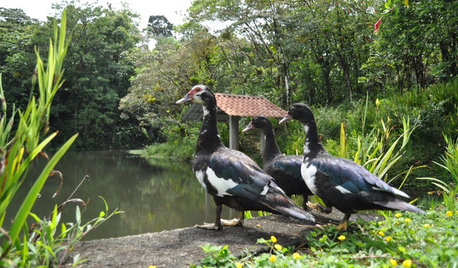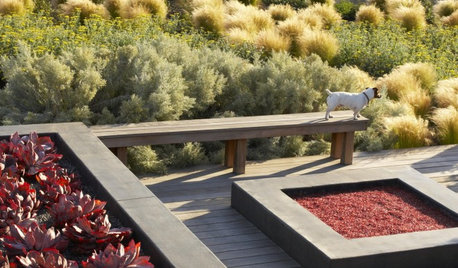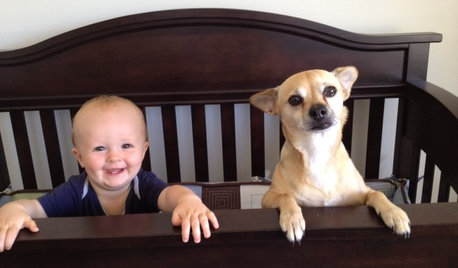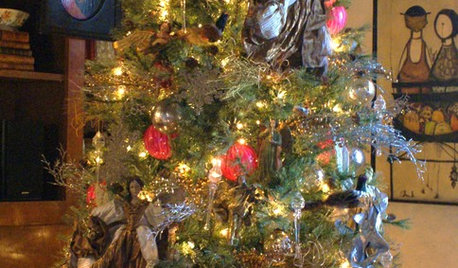More gruberi pups?
paul_t23
14 years ago
Related Stories

SELLING YOUR HOUSEHelp for Selling Your Home Faster — and Maybe for More
Prep your home properly before you put it on the market. Learn what tasks are worth the money and the best pros for the jobs
Full Story
LIFEYou Said It: ‘The Birds Will Thank You’ and More Houzz Quotables
Design advice, inspiration and observations that struck a chord this week
Full Story
PRODUCT PICKSGuest Picks: Dog-Loving Decor
Pamper your pup with design-friendly bowls and beds, and treat yourself to artwork and more celebrating your furry friend
Full Story
PETSHow to Help Your Dog Be a Good Neighbor
Good fences certainly help, but be sure to introduce your pup to the neighbors and check in from time to time
Full Story

PETSRenovation Detail: The Built-In Dog Bed
Give your pup pride of place in your home with a bed built into a cabinet or under the stairs
Full Story
ACCESSORIESTraditional Living Room Accessories for a Refined Style
Showing the objects of your affection has never been more refined. See how photographs and more can bring an elegant personality to rooms
Full Story
FEEL-GOOD HOME6 Design Ideas for Happy Pets
Keep your dog or cat feeling safe and in high spirits, and you'll all feel more at peace. Here's how
Full Story
MOST POPULARA Fine Mess: How to Have a Clean-Enough Home Over Summer Break
Don't have an 'I'd rather be cleaning' bumper sticker? To keep your home bearably tidy when the kids are around more, try these strategies
Full Story
HOLIDAYSChristmas Tree Decorating the Painless Way
Holidays are for carols, not cussing. Make tree trimming less work and more fun with this guide at your side
Full StoryMore Discussions






avane_gw
avane_gw
Related Professionals
Anderson Landscape Contractors · Peabody Landscape Contractors · Berwyn Landscape Contractors · Harrisburg Landscape Contractors · Lake Saint Louis Landscape Contractors · South Portland Landscape Contractors · Charlotte Fence Contractors · Towson Fence Contractors · West Columbia Fence Contractors · Orangevale Fence Contractors · Winchester Siding & Exteriors · Bethesda Siding & Exteriors · Millburn Siding & Exteriors · Perth Amboy Siding & Exteriors · Waukesha Siding & Exteriorsvriesea
neomea
neomea
splinter1804
bromadams
paul_t23Original Author
avane_gw
paul_t23Original Author
bromadams
paul_t23Original Author
kerry_t_australia
paul_t23Original Author
bromadams
kerry_t_australia
paul_t23Original Author
bromadams
vriesea
malleeaustralia
paul_t23Original Author